|
Throughout the year, I have been encouraged to focus on the importance of teaching 21st century skills. The knowledge and experiences I facilitate in the classroom may impact how well students succeed in today's world. Art is a unique subject where students are able to creatively apply what they have learned in other classes. Teaching 21st century skills corresponds well with the four components of discipline-based art education: art history, art criticism, art production, and aesthetics. Communication and Collaboration 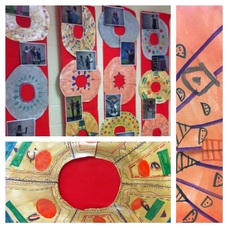 Communication is a necessary skill we each use every single day. In art class, students communicate verbally, in writing, and most often, visually. They are encouraged to decipher meaning from contemporary and historical artworks, while creating a message in their own original projects. My fifth grade students have studied how different cultures have communicated narratives in art throughout history. With each unit, students applied their knowledge of the culture to communicate their own narratives. Fifth grade students did a great job of collaborating with their peers for a photo alteration project. The assignment was to draw a composition they envisioned for their photograph. The drawing helped communicate to a peer how the photograph was to be taken. The photograph was to convey a snapshot of a story. Students worked in groups to create scenes of battle, friendship and celebration. Each student began the project with an initial idea for their narrative photograph. However, most of the ideas evolved through the collaboration process as their peers offered helpful suggestions. Communication and collaboration are skills frequently encouraged in art class at every grade level through group projects, critiques and presentations. Innovation and Creativity 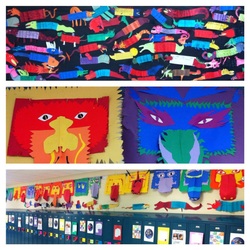 I believe art and creativity go hand in hand. I encourage my students to think creatively with every project. The ideas they develop often encourage me to do the same. Thinking creatively comes naturally to some students, while others struggle to generate a new idea. As an art teacher, I try to inspire creativity with a variety of art examples, resources and processes. Students may develop ideas through brainstorming, collaboration and personal experience. I was very proud of fourth grade students for their creative dragon projects. Each student made a dragon inspired by traditional Chinese artwork and traditions. The project required students to write an original story about a dragon. The stories ranged from grand adventures to endearing friendships. Some students worked together to write stories that corresponded with one another. I wish I had thought of such a great idea! Each student created a paper dragon as unique as their written story. Many of the dragons had elaborate tails, beards and wings, while others appeared ferocious with two heads and sharp teeth. The colors, shapes and lines were to reflect the dragon's personality. The students did a great job conveying their stories visually. The project was designed to encourage such creativity, and each class exceeded my high expectations. Critical Thinking and Problem Solving  First grade students recently completed an abstract sculpture project. The assignment helped review the term "abstract," and introduced the first in a series of sculpture projects. Students compared and contrasted images of three-dimensional works by Auguste Rodin, Henry Moore and Claes Oldenberg. Each class brainstormed what the sculptures might be made of and how they communicated meaning. After our discussion, students were required to create an original sculpture in groups of three to five. The instructions were to design a free-standing sculpture out of cardboard. The colors, lines and shapes were to reflect a chosen mood. Students listened while I read the Dr. Seuss book, My Many Colored Days, an excellent example of how we interpret different colors as specific moods. Students worked together to agree on a single mood, and decide how to best communicate that emotion with shapes, colors and lines. They worked together cutting their shapes out of cardboard and painting them with tempera paint. Once the shapes were dry, students added lines with oil pastels. Each group had to come up with a way of assembling the pieces to create a free-standing sculpture, without the use of glue! Some students used pipe cleaners and hole punches to connect the shapes together. While others joined shapes by cutting slits to balance the pieces against one another. The project was extremely messy, wild, and at times, overwhelming. I could have demonstrated step-by-step instructions to result in a clean, finished sculpture. Instead, I encouraged students to explore, think critically, and problem solve collaboratively. Technology and Informational Literacy 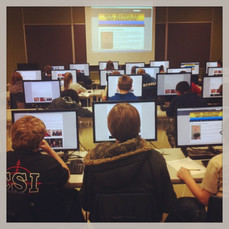 Sixth graders studied The Harlem Renaissance during third quarter. After an introduction to influential musicians and poets, students went to the computer lab to discover visual artists of 1930s Harlem. We began class with an online video produced by teens in New York City. I chose this video for its unique perspective, as the young filmmakers actually traveled into the Harlem community. The video featured footage and information from the Schomburg Center for Research in Black Culture, a research unit of the New York Public Library. After the video, students were asked to research information online about three specific artists of the Harlem Renaissance: Jacob Lawrence, Romare Bearden, and Lois Mailou Jones. At the end of class, students answered questions about the artists, and reflected on this information in writing. Each student chose one artist to inspire their next project. When the projects were completed, students explained how the artist inspired their work. I believe the finished projects demonstrate how well the students creatively applied their research.
0 Comments
Your comment will be posted after it is approved.
Leave a Reply. |
Mr. DeWilde's Blog
Archives
June 2024
|
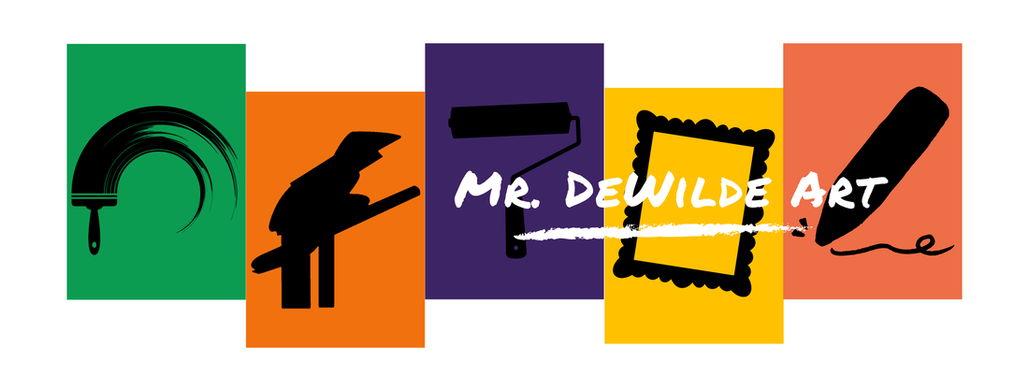
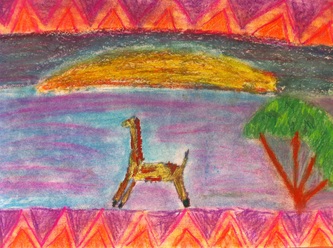
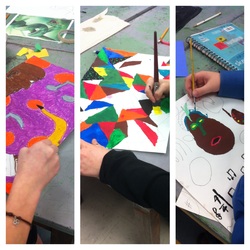

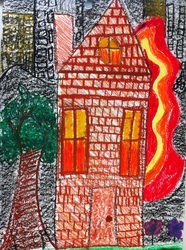
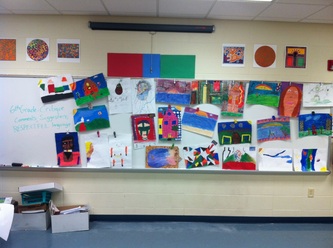

 RSS Feed
RSS Feed